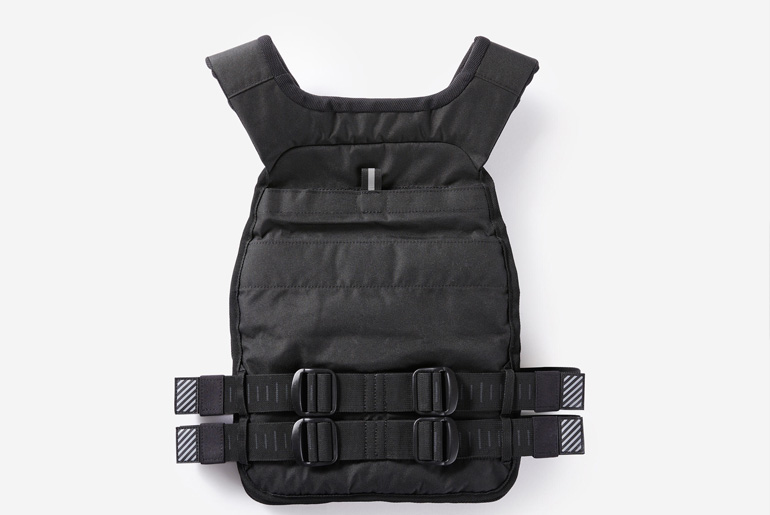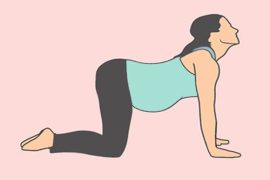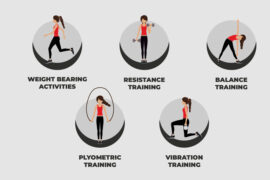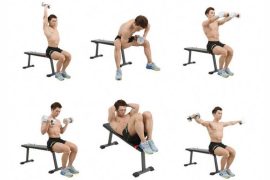If you’re looking to shake up your fitness routine and enhance the effectiveness of your cardio workouts, incorporating weighted vest could be a game-changer. Here’s a comprehensive look at how these tools can benefit your exercise regimen, and important considerations to keep in mind.
What Are Weighted Vests?
Weighted vests are specialized fitness equipment used primarily by athletes and advanced fitness enthusiasts. They are not commonly used by the general population and are typically not recommended for beginners. Here’s how they work:
Design: Weighted vests come with built-in compartments where weights can be added or adjusted according to your preference. This allows for customizable resistance during workouts.
Function: The primary purpose of a weighted vest is to add resistance to your movements. This increased resistance helps balance the anterior (front) and posterior (back) parts of the body and enhances the overall workout efficiency.
Benefits: Incorporating a weighted vest into your routine helps in burning more calories, improving endurance, building strength, and aiding in muscle development. They are versatile tools that can be used during a variety of exercises, including:
- Cardio Workouts: Jumping jacks and sprints with a weighted vest can significantly increase your heart rate.
- Strength Training: Box jumps and stair climbing can boost lower body strength.
- Functional Training: Exercises like mountain climbers, burpees, and push-ups benefit from added resistance.
- Calisthenics and Martial Arts: Weighted vests can enhance strength, muscle endurance, and overall speed.
Who Should Avoid Weighted Vests?
According to fitness expert, certain individuals should avoid using weighted vests due to potential health risks:
- Breathing Difficulties: People with asthma or other respiratory issues may find that the additional weight exacerbates their breathing problems.
- Heart Conditions: Those with cardiovascular issues should be cautious, as the extra resistance could strain the heart.
- Spinal Issues: Individuals with spinal problems or back conditions may experience increased strain and discomfort.
- Shoulder Issues: Conditions like frozen shoulder can be aggravated by the added weight, making it uncomfortable or even harmful to use weighted vests.
Guidelines for Safe Use
If you decide to incorporate weighted vests into your routine, consider the following guidelines to ensure safety and effectiveness:
- Start with Minimal Weight: Begin with a light weight to allow your body to adapt gradually.
- Supervised Introduction: It’s advisable to have guided supervision when starting, especially if you are unfamiliar with using weighted vests.
- Session Duration: Wear the vest for no more than 20 to 30 minutes per session and limit usage to twice a week. This is especially beneficial when doing cross-fit, functional training, or specialized workouts like plyometrics.
In summary, weighted vests can significantly enhance the efficiency of your workouts by adding resistance and challenging your body in new ways. However, they are not suitable for everyone, particularly those with specific health conditions. Use them wisely and with proper guidance to maximize their benefits and minimize potential risks.
Disclaimer:
The information contained in this article is for educational and informational purposes only and is not intended as a health advice. We would ask you to consult a qualified professional or medical expert to gain additional knowledge before you choose to consume any product or perform any exercise.








